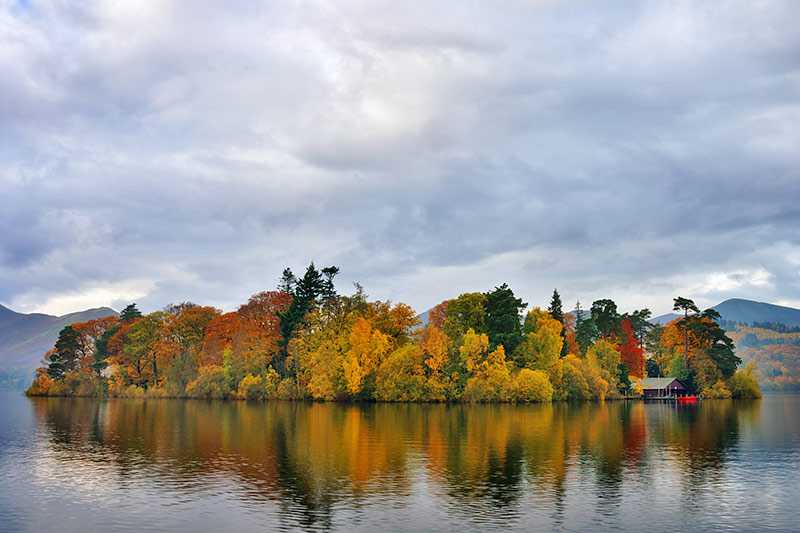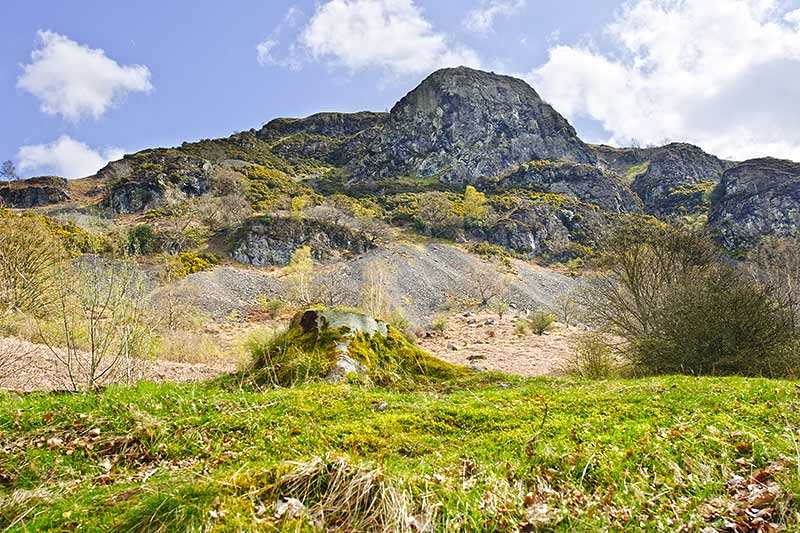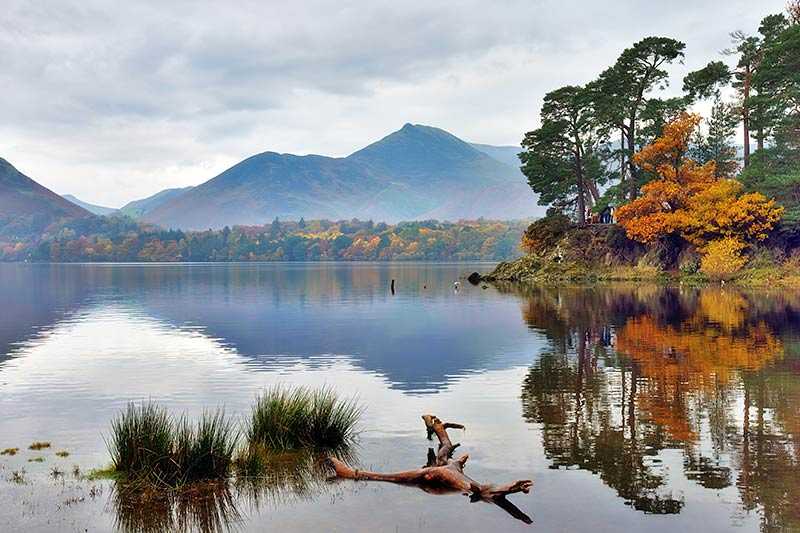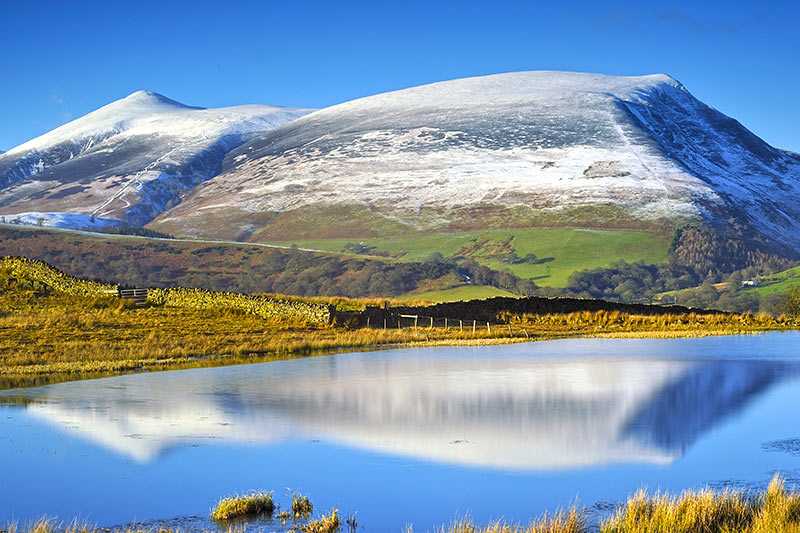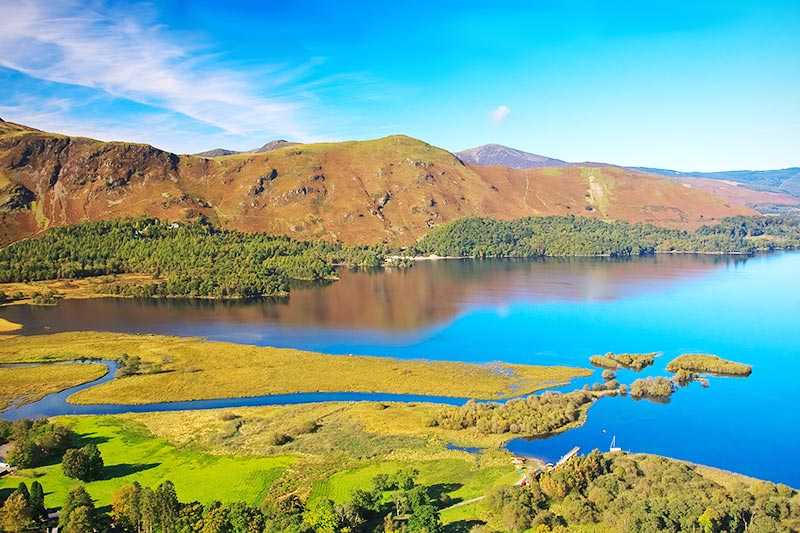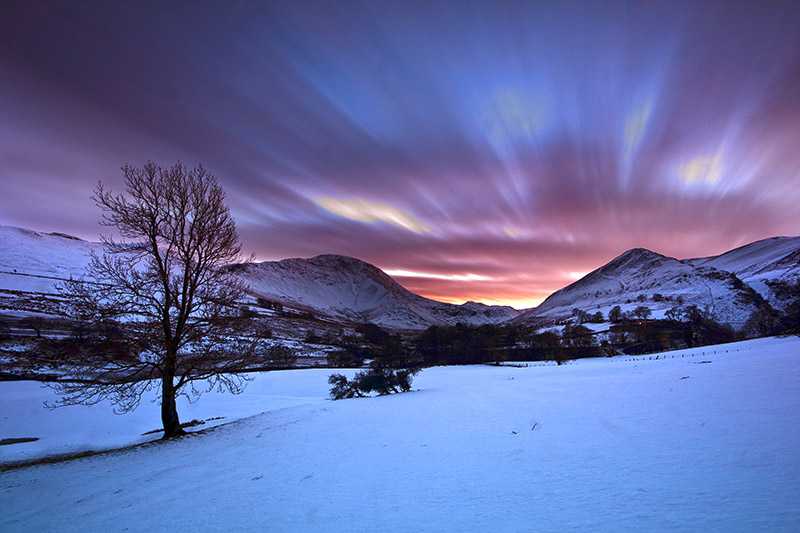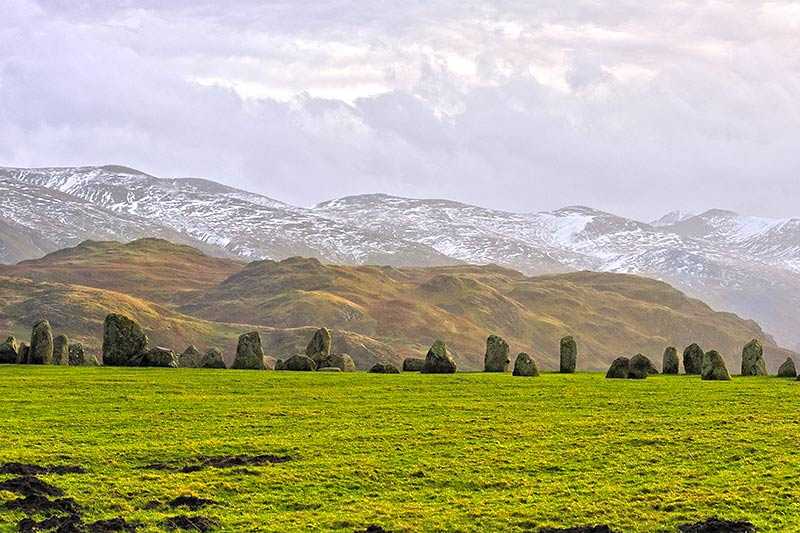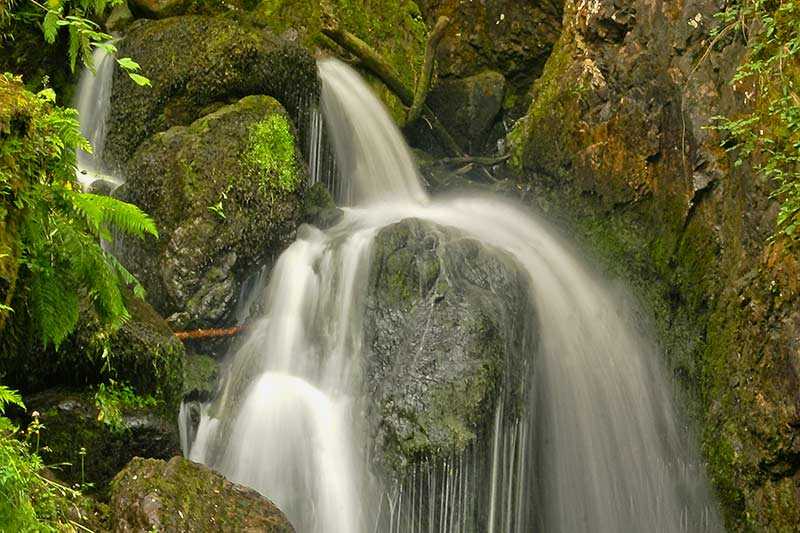Lake District National Park
About Lake District National Park
The Lake District National Park is located in Cumbria, north-west England. At 2,292 km² (885 sq mi), it is the largest National Park in England and the s...
About Lake District National Park
The Lake District National Park is located in Cumbria, north-west England. At 2,292 km² (885 sq mi), it is the largest National Park in England and the second-largest in the UK. It was designated a National Park in 1951 to protect the landscape from unwelcome developments in industry or commerce. Much of the park’s land is privately owned, with 3.9% b...
Attractions near Lake District National Park
Activities
About Lake District National Park
About Lake District National Park
The Lake District National Park is located in Cumbria, north-west England. At 2,292 km² (885 sq mi), it is the largest National Park in England and the second-largest in the UK. It was designated a National Park in 1951 to protect the landscape from unwelcome developments in industry or commerce. Much of the park’s land is privately owned, with 3.9% belonging to the Lake District National Park Authority and a significant area to the National Trust.
Geography
The Lake District encompasses an awe-inspiring combination of lakes, mountains, farmland and important wildlife habitats. The park features 16 lakes, of which Windermere is the largest; the five tallest mountains in England, including Scafell Pike; six national nature reserves; and 400 towns and villages. To the south the landscape is rugged and hilly, while the central area is wild and mountainous country.
Access
The striking countryside of The Lake District National Park has more than 3,500 km (2,174.8 mi) of public rights of way, providing unparalleled walking and climbing routes from gentle strolls to challenging mountain ascents. The Park is popular for many outdoor activities such as hiking, climbing and cycling, along with water activities in its many lakes such as fishing, boating and canoeing. As with all other National Parks in England there are no restrictions on entry to or movement within the park along public routes and most cultivated land has public footpaths
History
The area has a long history and the landscape is dotted with Neolithic stone circles, Roman Forts and former iron workings that document its fascinating past and provide wonderful points of interest to explore.
Conservation
Natural England is currently considering areas to the east of the Park for inclusion, which would extend the boundaries to include land in the Lune Valley.
